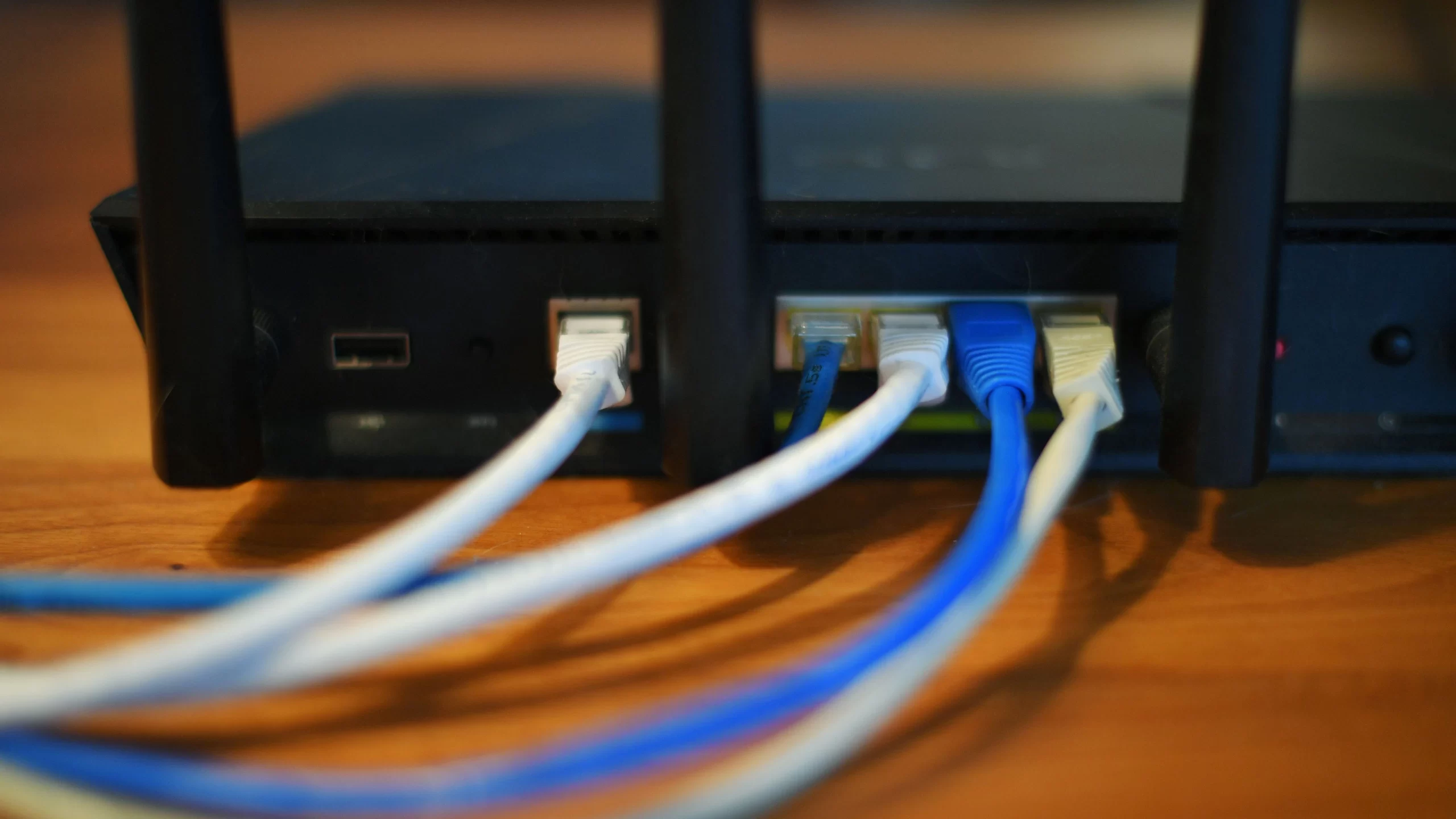As an important part of modern society, broadband access has become a global benchmark for internet access. Broadband infrastructure improves access to essential services like job listings, health care, entertainment, and civic engagement. Broadband infrastructure not only creates economic opportunities but also saves governments money in the long run. Many communities now have fiber-optic cable and phone systems, enhancing their broadband service. Listed below are some of the benefits of broadband. But do these benefits make broadband an essential service?
Broadband is an internet connection that can deliver a higher data rate than a dial-up connection. It is faster than dial-up connections, enabling users to do things that would be impossible using a dial-up connection. Some of the benefits of broadband include the ability to play games online, videoconference, and watch videos. Broadband has a minimum speed for data transmission, which refers to the amount of data that can be downloaded in one second.
The OECD has identified broadband as an essential general purpose technology. As technology advances, broadband usage will increase across more sectors and activities. Further, broadband-enabled innovations will have a more widespread impact on the economy. In addition to enhancing individual lives, broadband will also increase productivity and GDP in the long run. OECD and World Bank have both recognized the benefits of broadband in the future, and these effects are expected to continue well into the future.
There are many different types of broadband available. FTTP, or fibre-to-the-premises, is the fastest type. This type of broadband is symmetrical and works over a relatively small area. It requires a fiber-optic cable connection to reach your home or office, and is not available everywhere. Another form of wireless broadband is satellite broadband, which works in remote areas. Similarly, broadband over powerline uses existing electrical connections and is available in some rural areas.
As the cost of installing fibre-to-the-cabinet broadband is rising, many people are still using cable broadband. The cable type of broadband connects your home to a fibre cabinet in the local area. This type of broadband is faster than a purely copper connection, but still nowhere near the speed of full fibre. And if you’re looking for a more affordable and convenient broadband option, you should consider fibre-to-the-cabinet broadband instead.
There are a few other ways to improve broadband service in rural areas. First, Congress can make it more affordable for consumers. Congress and non-federal governments should work together to make broadband more affordable for everyone. Broadband costs more than $60 a month for the average residential user. That’s why over half of Americans don’t have it. It’s time we had a plan and program to bring broadband through every door of America. But it’s going to take more than just funding to make broadband available for all.
If you live in rural areas, satellite internet may be a viable option. It can be expensive and has limited service areas, but satellites can provide faster connections than cable. In most cases, satellite internet is the slowest option, but it can provide adequate connectivity for most households. Satellite broadband is an affordable alternative to dial-up for those who live in remote areas. However, it is important to choose a broadband service based on your specific needs and location.






More Stories
Emerging Protocols for Cross-Platform Identity Verification Without Centralization
Off-Page SEO Techniques With Examples
The Impact Of 5G Technology On Mobile SEO Strategies